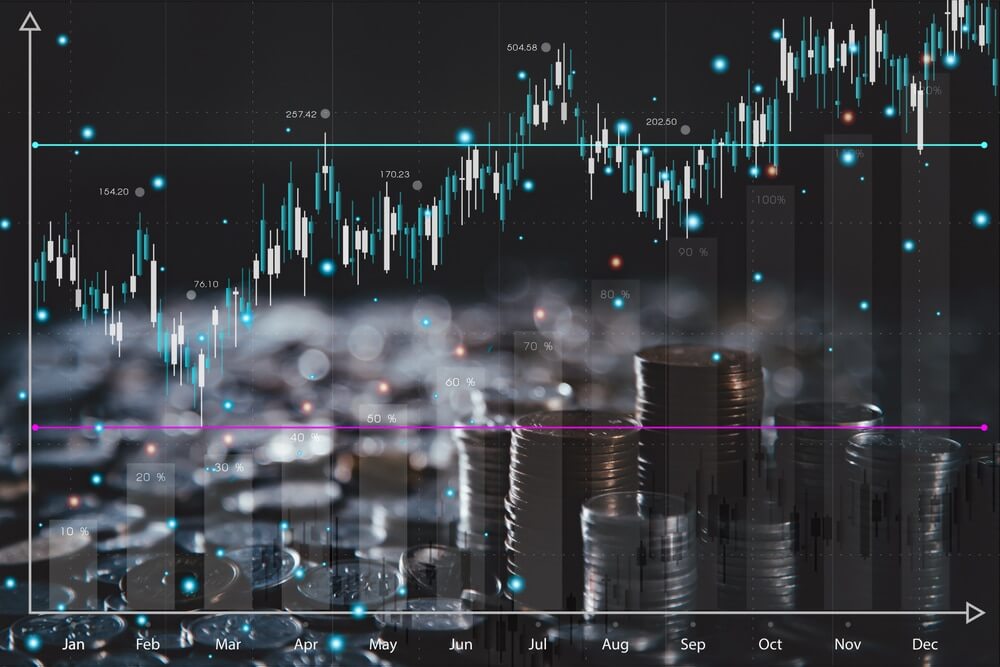Stocks Typically Increase


Stocks Typically Increase
Investors are ecstatic to see the calendar turn to 2023 after a difficult 2022.
According to statistics, the S&P 500 experienced its worst year since the onset of the financial crisis in 2008. The bond market had its worst year ever, per one metric.
Additionally, some investors are still nursing their wounds from one of the most trying years in a generation. However, others see a market ripe with chances to buy top-notch businesses at deep discounts.
The financial sector spends the upcoming months—or longer—trying to determine exactly what went wrong in 2022.
After a year in which conservative investment portfolios, such as the 60/40 mix of stocks and bonds, lost more than 15% of their value, it is increasingly challenging to convince customers that years like this are exceptional.
Additionally, when citing historical evidence that suggests patience pays off in the long run, you must be careful to pick the appropriate period to support your argument for stock purchases. And 20 years is the “correct” amount of time.
Nicholas Colas, the co-founder of DataTrek Research, highlighted the historical data for the S&P 500’s rolling compounded annual growth in a note to clients published last week. This data shows that the benchmark index has historically returned an average of 10.8% annually, or 7.1% annually if we consider inflation.
After accounting for inflation, the S&P 500 lavished investors with annualized returns of 13.3% and 13.7%.
What’s Next for Stocks
The average stock return will need to be propelled higher over the next ten years by a “happy confluence” of genuine economic growth.
Perhaps some of the promises made by the cryptocurrency sector come true as consumer economy-boosting technological advances.
Following news of a record-breaking 40% delivery growth, shares dropped 5%. The figures, however, fell short of analyst predictions. JPMorgan analyst Ryan Brinkman lowered the stock’s price target on Tuesday because he anticipates further downside.
The post Stocks Typically Increase appeared first on FinanceBrokerage.



